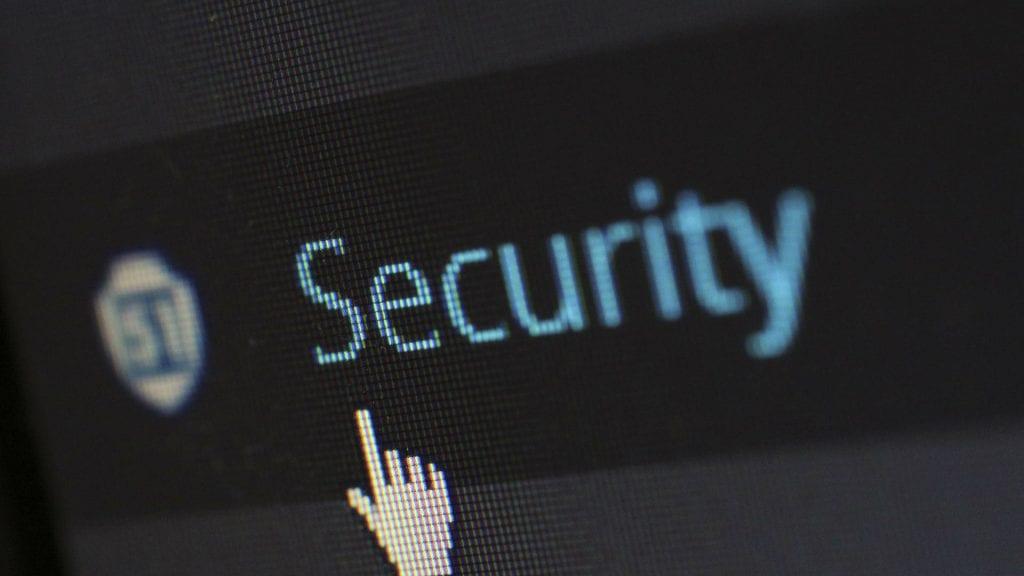2017 saw notable businesses worldwide fall prey a windfall of global cybersecurity threats. While ransomware such as WannaCry and NotPetya, spread over 150 countries and held critical user data ransom, “undetectable” malware breached data repositories of large businesses such as Equifax, Verizon and KMart to rob them of confidential user data. Such global ransom campaigns and data breaches typically can cost companies millions of dollars in losses – not to mention loss of user trust.
It stands to reason that the threat landscape in 2018 will be no different – with corporations, governments, public bodies and even political campaigns becoming likely targets. This reiterates the need for proactive cybersecurity measures both to hinder external threats and minimize the risk of insider threats.
Businesses are actively pushing for strategies that use modern technologies to counter threats that are expanding in scope and volume. Here is a look at 5 top cybersecurity trends that will help businesses stay protected in the new year.
Zero Trust Security – Increased focus on Access Authentication
With this approach, the IT team heightens the security of their assets by adopting a mindset of ‘zero trust’. Only by explicitly allowing users to access systems can trust be established.
The modern Zero Trust Security model brings about significant disruption in the cybersecurity industry by accommodating individuals’ personal preferences. However, there are even more rigorous authentication protocols requiring identity verification for users entitled to access specific datasets, through multiple credential layers. Cloud based systems can enable near instantaneous authentication and verification processes.
Emergence of Deceptive Technology
2018 will be the year when security teams will be able to give hackers a taste of their own medicine. By leveraging deceptive technologies, IT security experts can create fake credentials or emulate real services to trick the attackers whilst invoking immediate incident responses.
By introducing hundreds of fake user access credentials into the organization’s network, IT security teams can make it virtually impossible for attackers to access a legitimate set of credentials. When any of these credentials are used, the security team is immediately alerted to the unauthorized access.
IT teams also use mini-trap placements to trick hackers into believing that they have successfully breached the system leading them away from sensitive information, slowing their attack down and ultimately defusing the attack.
The inclusion of AI, machine learning and behavioral analytics in security solution offerings
Instead of risking direct attacks, hackers often find it simpler to resort to indirect attacks that involve bribing, coercing and forcing insiders through social engineering and mind games, to extract sensitive information or gain access to legitimate credentials. Hence new age cyber security teams must evolve towards artificial intelligence, machine learning and behavioral analytics models to detect these advanced insider threats before they compromise the security infrastructure.
It is estimated that machine learning in cybersecurity will boost spending in big data, artificial intelligence (AI) and analytics to $96 billion by 2021. These new technological models can not only better analyze threats and respond to attacks and security incidents but also accurately predict and identify attacks and deploy swift incident response measures in real-time.
Focus of arming the IT infrastructure with additional levels of security
Regular update of security protocols should be a priority at all companies. System vulnerabilities put the company at risk, as well as the integrity of its data, including that of customers and suppliers. Unpatched vulnerabilities can endanger production incurring millions in losses for the company, with each passing day. Efforts must be undertaken to gauge the security risks of the applications, and patches need to be deployed for vulnerabilities so there are appropriate incident response measures in place.
More and more security teams are deploying robo-hunters – automated threat-seekers powered by artificial intelligence that continuously scan an organization’s environment for any changes that might indicate a potential threat. The rise of robo-hunters will enable more businesses to move from a proactive to a predictive security posture.
Blockchain to introduce a new dimension to cyber security
Although Blockchain technology has been around for quite some time now, its applications in cybersecurity are only recently becoming mainstream. 2018 will be the time when blockchain can be utilized in its full potential to add another layer of incorruptible security around user authentication protocols for “Zero Trust” identity and access management.
Blockchain based security solutions can deliver the capabilities to detect suspicious user behaviors, isolate the connection, and restrict the user access until the transactions can be validated by the IT security team. It provides better security by replacing a central database with a distributed ledger of domains and related public keys.
Takeaways
It is established through a recent survey of cybersecurity professionals by Crowd Research Partners, that 90 percent of companies and government agencies feel vulnerable to cyber security threats. Hence it is imperative for businesses not only to align security tools and solutions with the threats that they are actually facing but also leverage cutting edge managed security solutions provided by external security providers.
The key message for business is to learn the lessons of 2017 because cyberattacks might increase in volume and sophistication. Being proactive in investing and prioritizing cybersecurity strategies to protect critical assets can mean the difference between a business that is covered versus a business that falls prey to vicious cyber-attacks.

